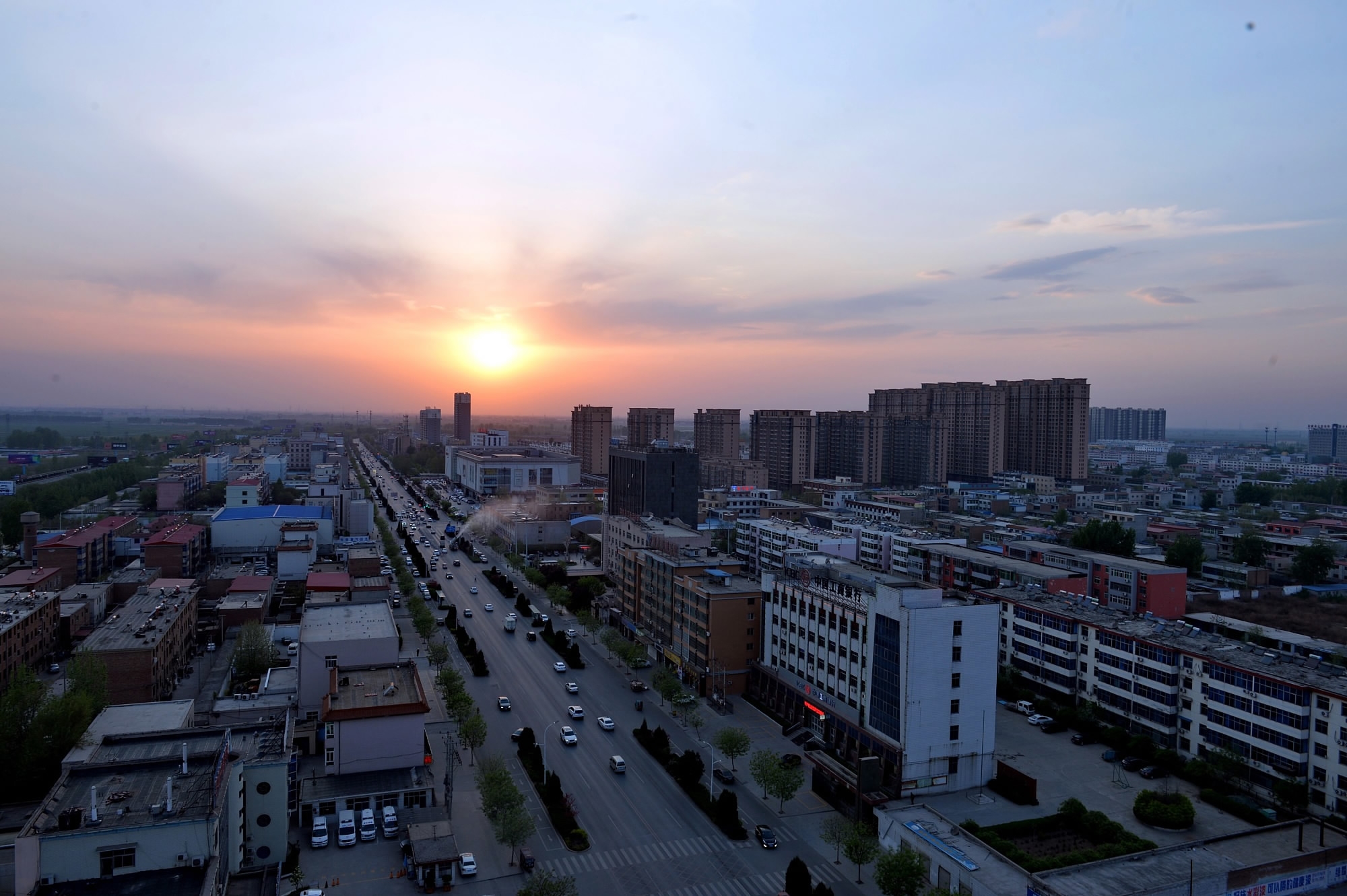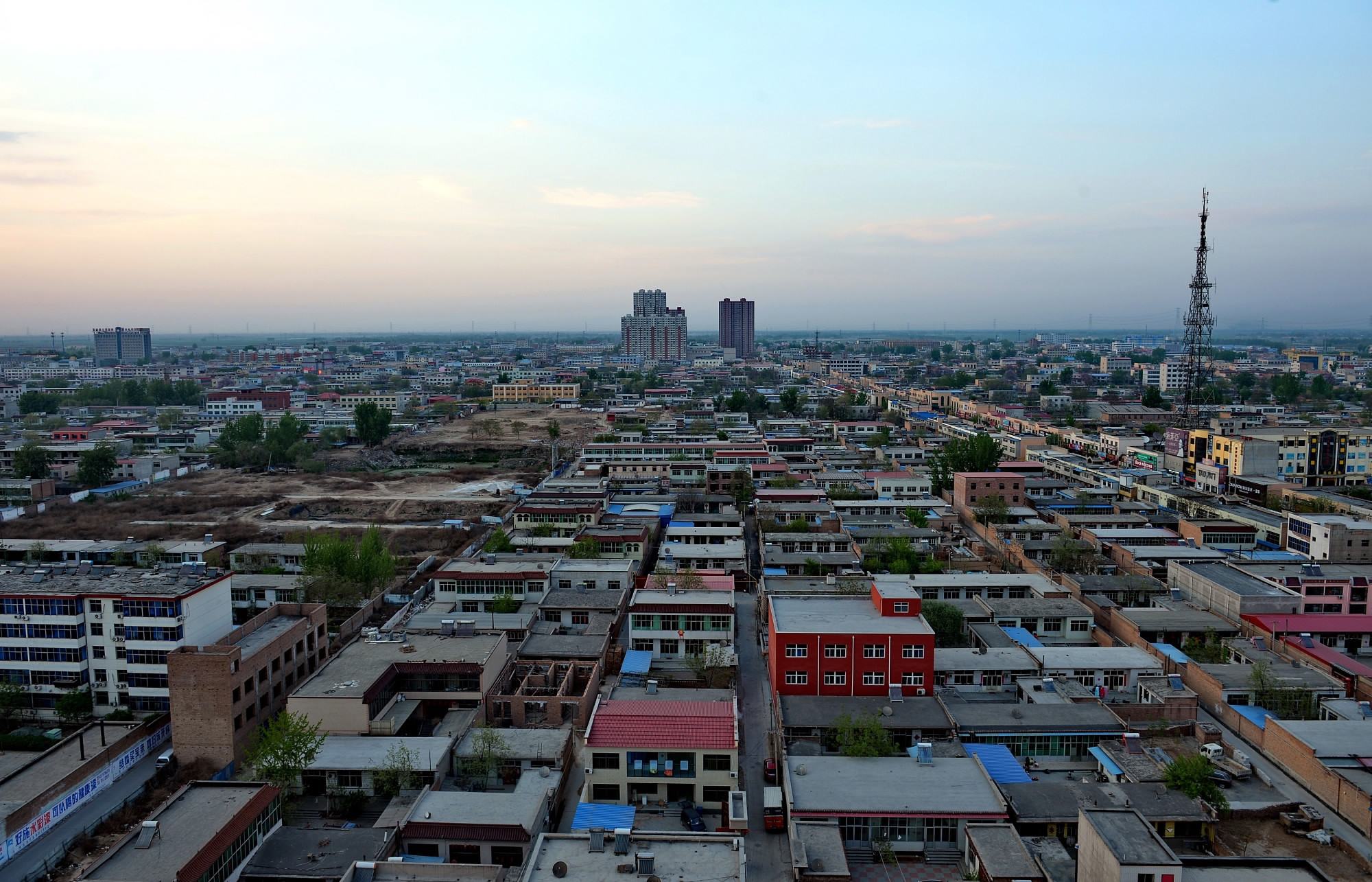Xiongan New Area will be “a new home for Beijing's non-capital functions," said Chinese Vice Premier Zhang Gaoli in an exclusive interview with Xinhua news agency.
The creation of Xiongan New Area is a major historic and strategic decision that will be crucial for the millennium to come, and President Xi Jinping has been directly engaged in the planning process, Zhang told Xinhua.
The Xiongan New Area will be a green, livable and modern urban area, a region led by innovation-driven development, a demonstration area of balanced development, and a pioneering region of open development, the official noted.

Overview of Roncheng, Xiongan New Area /VCG Photo
Quoting President Xi, Zhang said development of the new economic zone should protect the local environment, avoid becoming an industrial hub led by traditional industries and the real estate sector, lift growth of neighboring areas and seek higher levels of opening up, such as participating in the Belt and Road Initiative.
The development of the Xiongan New Area will explore new ways of addressing the problems of big cities, promote innovation and new growth engines, optimize the urban pattern and bridge the gaps in economic growth and public services in the Beijing-Tianjin-Hebei region, Zhang added.
The decision to set up the Xiongan New Area was made in a "scrupulous, prudent, methodical and democratic" manner, with senior officials of the Beijing-Tianjin-Hebei region development team meeting many times to discuss issues such as the restoration and protection of the region's vast freshwater wetland Baiyangdian, Zhang said.
The vice premier outlined key tasks to ensure steady and orderly progress.
The government will use the most advanced planning philosophy and international standards to create a green and smart area.
The development of the region will move on gradually and methodically with no large-scale real estate development or illegal construction.
The government will strive to balance developing infrastructure and receiving Beijing's non-capital functions.

Overview of Roncheng, Xiongan New Area /VCG Photo
A clean slate will allow the government to set up a lean, efficient and uniform management body and use market-oriented measures to finance the work, the vice premier said.
The plan for the Xiongan New Area was officially announced on April 1. The new economic zone will span Xiongxian, Rongcheng and Anxin counties in north China's Hebei Province, eventually covering 2,000 square kilometers, with a population of 2 to 2.5 million.
Addressing a central economic meeting at the end of 2014, Xi said that transferring Beijing's non-capital functions, lowering its population density and promoting economic and social development commensurate with its population and resources must be at the core of coordinated development of the Beijing-Tianjin-Hebei region.
During meetings of the Communist Party of China (CPC) in April 2015, Xi suggested investigating the possibility of a new city in Hebei, built according to new development concepts.
On March 24, 2016, Xi heard a report on the creation of Beijing's "subsidiary center" in the eastern suburb of Tongzhou and another area - Xiongan - where non-capital functions would be transferred from Beijing.
On May 27, 2016, Xiongan New Area appeared for the first time in a report reviewed at a Political Bureau meeting of the CPC Central Committee.
Visiting the location on February 23 this year, Xi expressed satisfaction with the location, population and natural resources of Xiongan.
"It's a good choice, as it will not create too much trouble for locals, involves only a small amount of relocation and something can be achieved in a short time," said Xi.
According to the president's plans, the Xiongan New Area will primarily be the receiver of non-capital functions from Beijing, including some administrative and public institutions, company headquarters, financial institutions, higher education institutions and Sci-tech units.
(Source: Xinhua)









